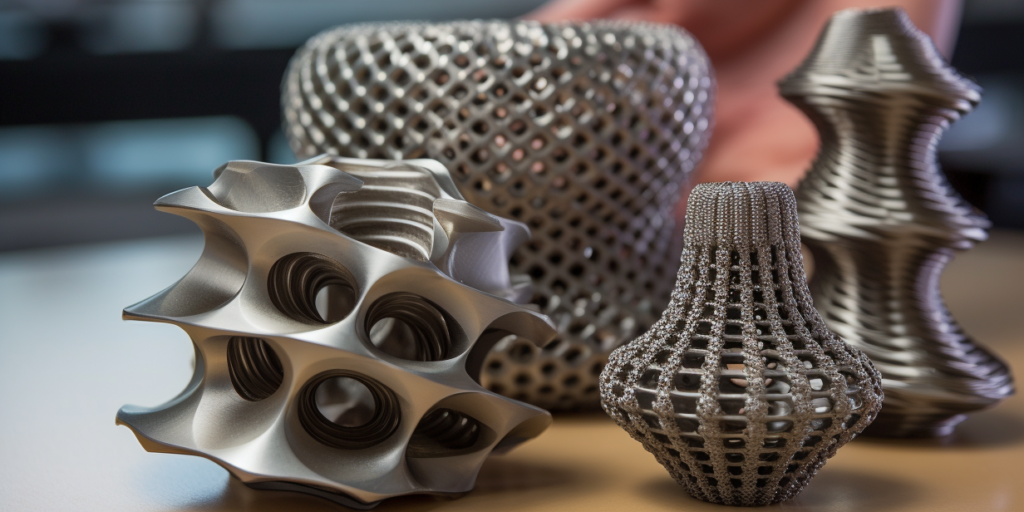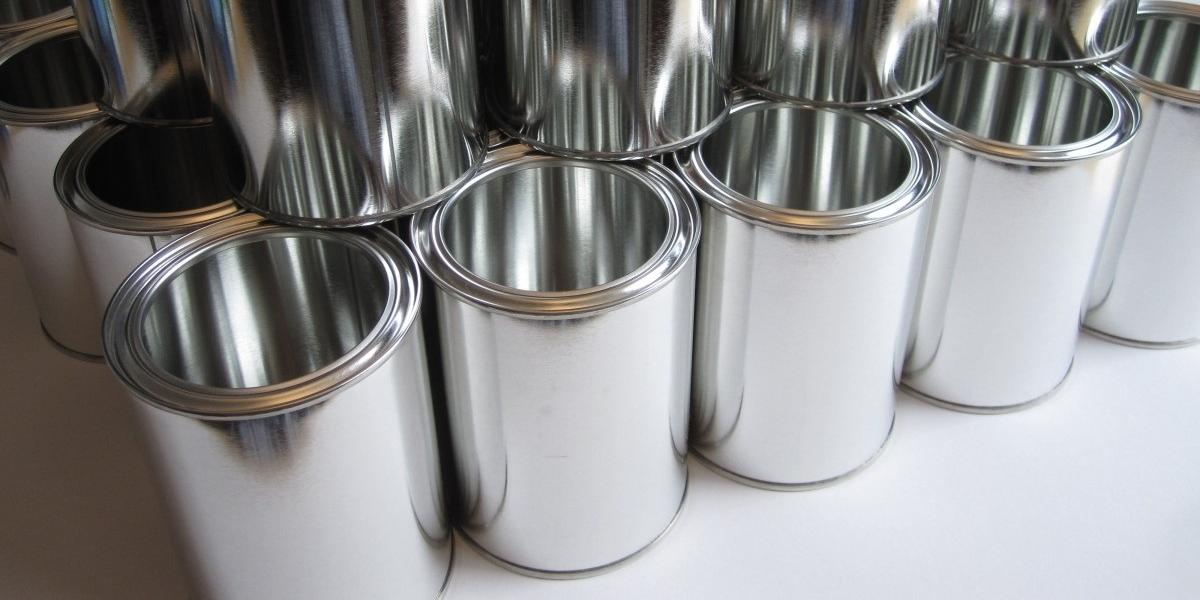
When it comes to engineering-grade plastics, few materials are as versatile and widely used as acetal. Among the various types, two names often come up – Acetal Copolymer and Delrin®, the latter being DuPont’s brand of acetal homopolymer.
At first glance, they may appear interchangeable, but the differences between them can significantly impact a part’s performance, machinability, and long-term reliability.
What is Acetal?
Acetal, or polyoxymethylene (POM), is a high-performance engineering thermoplastic widely used for its strength, low friction, and dimensional stability. It’s ideal for precision parts in automotive, medical, and industrial applications where durability and wear resistance are essential.
There are two main types: acetal copolymer and acetal homopolymer. The copolymer version is made by various manufacturers and marketed under trade names like Celcon®, Kepital®, or Ultraform®. It includes a small amount of a secondary monomer to reduce internal stress and enhance oxidation resistance.
Acetal copolymer offers excellent chemical resistance, especially to hot water and cleaning agents, and is less prone to centerline porosity. These features make it a good choice for thick-walled or moisture-exposed components, such as valves, manifolds, or food-grade parts, where long-term stability is critical.

Image: Acetal – Black and White
What is Delrin®?
Delrin® is DuPont’s trade name for acetal homopolymer, a highly crystalline version of POM composed of repeating formaldehyde units. It is known for its superior stiffness, tensile strength, and fatigue resistance.
These mechanical advantages make Delrin® suitable for load-bearing or high-precision parts, such as bushings, gears, and mechanical linkages. Its structure allows it to perform exceptionally well in applications that demand tight tolerances and long-term dimensional stability.
However, Delrin® is more susceptible to centerline porosity—internal voids that can form during extrusion, particularly in thick stock shapes. It also offers slightly lower resistance to chemicals and hot water compared to copolymer alternatives.
In essence, while both materials belong to the same polymer family, the difference between Delrin® and acetal copolymer lies in their molecular architecture, and this distinction has meaningful implications for machining, chemical exposure, and long-term performance.

Image: 15mm Blanco Delrin
Acetal vs Delrin®
Though often used interchangeably, acetal and Delrin® are not identical materials, and the distinctions matter when performance, reliability, and cost are on the line. Below, we break down their key differences to help you make informed decisions based on structural, mechanical, and environmental demands.
Molecular Structure Differences
While both acetal copolymer and Delrin® (acetal homopolymer) fall under the same polymer category – polyoxymethylene (POM) – the difference in their molecular structure plays a central role in how they perform.

Image: Acetal vs Delrin – Molecular Structure
Molecular structure of Delrin®
- Increased rigidity
- Greater tensile strength
- Superior fatigue resistance
However, this uniform structure can also introduce challenges. For example, the tightly packed chains may trap gases during extrusion, increasing the risk of centerline porosity—an internal defect that can compromise mechanical strength, especially in thicker parts.
Molecular structure of Acetal
In contrast, acetal copolymer introduces a small percentage of a different monomer into the polymer chain. This slight disruption in the molecular uniformity lowers crystallinity and improves overall stability, especially in large or complex shapes.
The copolymer’s modified chain structure makes it more resistant to thermal degradation and oxidation, particularly in environments involving hot water or aggressive cleaning agents. Additionally, it significantly reduces the risk of centerline porosity during processing.
Manufacturing Process Differences
Although both acetal copolymer and Delrin® are thermoplastics processed through similar methods, such as extrusion, injection molding, and CNC machining, their behavior during manufacturing differs due to structural variations.
Delrin®’s high crystallinity demands tighter control of processing temperatures to prevent thermal degradation and to manage shrinkage, especially in injection molding.
Acetal copolymer, being more chemically stable and less prone to internal stress, generally offers better dimensional consistency and reduced risk of defects like warping or centerline porosity during forming and machining.
Mechanical Properties Differences
While both acetal copolymer and Delrin® exhibit strong mechanical performance, key differences in strength, stiffness, and wear characteristics can influence material selection. The table below highlights how each material performs across core mechanical properties relevant to design and manufacturing:
| Property | Acetal Copolymer | Delrin® (Acetal Homopolymer) |
| Tensile Strength | ~9,500 psi (65 MPa) | ~10,000 psi (69 MPa) |
| Flexural Modulus | ~400,000 psi (2.75 GPa) | ~450,000 psi (3.1 GPa) |
| Elongation at Break | 40–75% | 20–40% |
| Impact Strength (Izod, Notched) | ~0.75 ft-lb/in | ~1.0 ft-lb/in |
| Hardness (Rockwell M) | M85–90 | M85–90 |
| Coefficient of Friction | ~0.25 | ~0.20 (slightly lower) |
| Fatigue Resistance | Good | Excellent |
| Creep Resistance | Moderate to High | High |
| Dimensional Stability | Very good | Excellent under dry conditions |
Note: Values are approximate and may vary slightly by manufacturer and grade.
Chemical Resistance Difference
Acetal copolymer generally provides better resistance to hot water, strong alkalis, and oxidizing agents than Delrin®, making it more suitable for parts exposed to harsh cleaning chemicals or continuous moisture.
While Delrin® offers solid overall chemical resistance, its homopolymer structure is more susceptible to degradation when exposed to chlorine, acids, or high-pH environments over time. As a result, copolymer grades are often preferred in medical, food-processing, and plumbing applications where chemical compatibility is critical.
Machinability Difference
Both materials are highly machinable, but Delrin® typically delivers a cleaner finish and holds tighter tolerances due to its higher stiffness and uniformity. However, Delrin® rods and sheets – especially in thicker sizes – may suffer from centerline porosity, which can compromise structural integrity if not accounted for in the design.
In contrast, acetal copolymer offers more consistent density throughout the stock, making it more reliable for complex or thick-walled parts that require uniform mechanical strength.
Cost Difference
In general, acetal copolymer is more cost-effective than Delrin®, largely due to broader global production and the availability of non-branded alternatives. Delrin®, as a proprietary homopolymer from DuPont (now under Celanese), tends to carry a price premium, especially in certified or specialty grades used for high-load or high-precision applications.
From a sourcing perspective, both materials are widely available in sheet, rod, and custom forms, but acetal copolymer often provides more flexibility for budget-sensitive or high-volume projects.
When to Choose Delrin®?
Delrin® is best suited for applications that demand high strength, stiffness, and fatigue resistance, such as gears, cams, bushings, or mechanical levers operating under cyclic loads. Its superior dimensional stability makes it ideal for high-precision components where tight tolerances must be maintained over time. However, designers should account for the risk of centerline porosity in thick sections, especially for critical load-bearing parts.
When to Choose Acetal Copolymer?
Acetal copolymer is an excellent choice for components exposed to moisture, hot water, or aggressive chemicals, such as plumbing fittings, fluid-handling systems, or food-processing parts. Its lower risk of internal voids also makes it more dependable for large or complex machined parts. Additionally, copolymer grades tend to be more economical, making them a practical option for high-volume production.
Expert Recommendation Framework
To support material selection across engineering and procurement teams, the following framework summarizes key decision criteria when choosing between Delrin® and acetal copolymer. This structured approach ensures that technical, environmental, and cost factors are weighed systematically during the design phase or material substitution process.
Ask These Key Questions:
✔️Is the part subject to high cyclic loads, precision tolerances, or structural stress? – Choose Delrin® for its superior stiffness, fatigue resistance, and dimensional control.
✔️Will the part be exposed to hot water, alkalis, or aggressive cleaning chemicals? – Select acetal copolymer for its better chemical and hydrolysis resistance.
✔️Is the part thick-walled, or does it require void-free stock for structural integrity? – Acetal copolymer is preferred due to its lower risk of centerline porosity.
✔️Are material costs or supply chain flexibility a major constraint? – Acetal copolymer offers broader sourcing and typically lower pricing.
✔️Is cosmetic finish, tight machining tolerance, or smooth surface essential? – Delrin® delivers a cleaner finish and crisper edge definition.
For complex assemblies or regulatory-critical applications, it’s recommended to consult with a material specialist or supplier who can verify compliance and performance in specific conditions.
Conclusion
While Delrin® and acetal copolymer share a common foundation, their performance differences can significantly impact your product’s reliability, cost, and longevity. By understanding their unique strengths, you can confidently select the right material for your application, balancing precision, durability, and value.
FAQs about Acetal vs Delrin®
1. Are Acetal and Delrin® the same thing?
Not exactly. Delrin® is a brand name for acetal homopolymer manufactured by DuPont (now under Celanese), while “acetal” typically refers to acetal copolymer. Both are forms of polyoxymethylene (POM), but they differ in molecular structure, which affects their strength, chemical resistance, and performance in specific applications.
2. Is Delrin® part of DuPont?
Delrin® is no longer fully part of DuPont. While DuPont originally developed and trademarked Delrin®, a high-performance acetal resin (polyoxymethylene, or POM), they sold an 80.1% ownership stake in the Delrin® business to TJC LP (formerly The Jordan Company) in a transaction completed on November 1, 2023. DuPont retains a 19.9% non-controlling equity stake, but Delrin® now operates as an independent company under TJC’s majority ownership.
3. Is Acetron® GP better than Delrin®?
It depends on the application. Acetron® GP is a general-purpose acetal copolymer known for its excellent dimensional stability and low stress, making it a reliable choice for large or complex machined parts. Delrin®, being an acetal homopolymer, offers greater stiffness and strength, which may be preferable for load-bearing or high-precision components.
4. What is the difference between acetal and Delrin® picks?
Delrin® picks are typically stiffer and provide a brighter, more articulate tone, while acetal copolymer picks (sometimes branded differently) tend to be slightly more flexible with a smoother attack. The choice depends on the desired response and playability.





